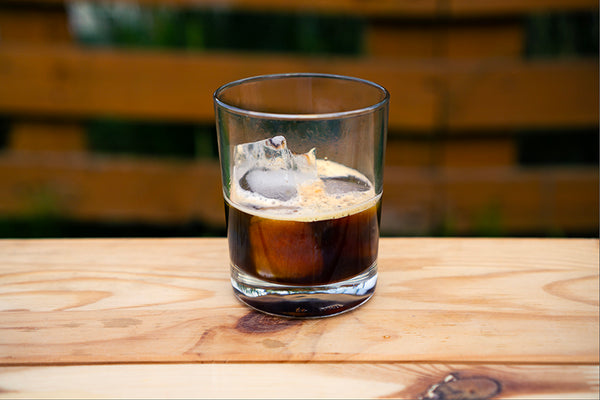
Calm Thunder Decaf (decaffeinated)
Decaffeinated specialty coffee for guilt-free evening coffees!
Yes, it's decaffeinated. Yes, we drink it too, and we love it. Since it's organically decaffeinated, not with chemicals, it doesn't have the cat pee smell or taste. (In fact, we've even fooled trained baristas with it, they don't usually recognize it's decaffeinated at first glance.) So, if you love coffee, its taste, its aroma, and the ritual of drinking coffee, but you've had enough coffee that day, then Calm Thunder is the coffee for you!
Since it's really hard to find good decaffeinated coffee (many people don't like it because they haven't had a good one yet), we're very proud of Calm Thunder, as it provides a perfect coffee experience, even in the middle of the night!
Like Peruvian coffees in general, this one is characterized by medium to low acidity , full-bodied, yet vibrant flavors and feel. The coffee in the Calm Thunder coffee capsule is roasted a little darker than medium , to cover everyone's taste buds as much as possible with our decaffeinated coffee. That's why we recommend it to all coffee lovers , try it and trust your own opinion!
We recommend it as a decaffeinated coffee for everyone, for all seasons!
The box contains 10 Nespresso* compatible coffee capsules (249 HUF/pc).










